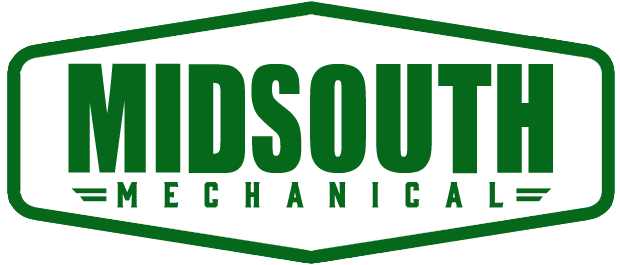Cave-ins are a serious risk and are much more likely to kill workers than other excavation-relate incidents. Other trench hazards include falls, falling loads, dangerous gases, and incidents involving mobile equipment. Workers should think of an unprotected trench as an early grave. About 1,000 injuries occur each year. Of these, about 140 results in permanent disability and 75 in death.
Here is an Example
Three laborers were working in an eight-foot-high, vertical wall trench when one side caved in, burying one worker and partially burying another. The third man managed to escape the trench unharmed. The partially buries man was able to escape with assistance, but the buried worker suffocated to death.
- Why did this happen?
- How could this fatal injury have been prevented?
- Have you ever had an injury from a trench cave-in, or do you know anyone who has had such an injury? 4. If so, what happened?
A competent person must inspect the trench for unsafe conditions before workers go in. Trench protection must be provided. OSHA allows sloping and benching, shoring and shields like trench boxing. Nobody works in a trench without a lookout standing by. Rocks and dirt must be kept at least 2 feet away from the trench.


